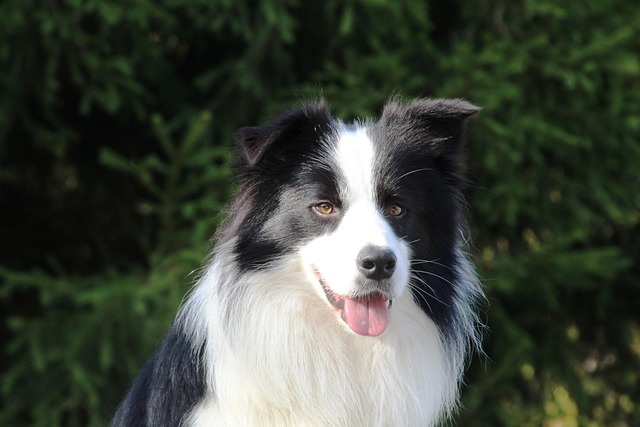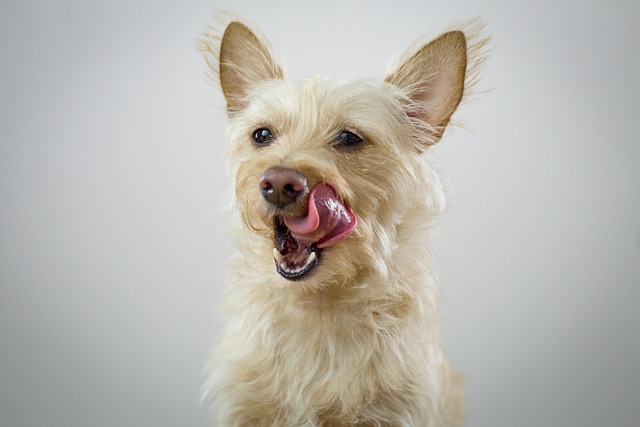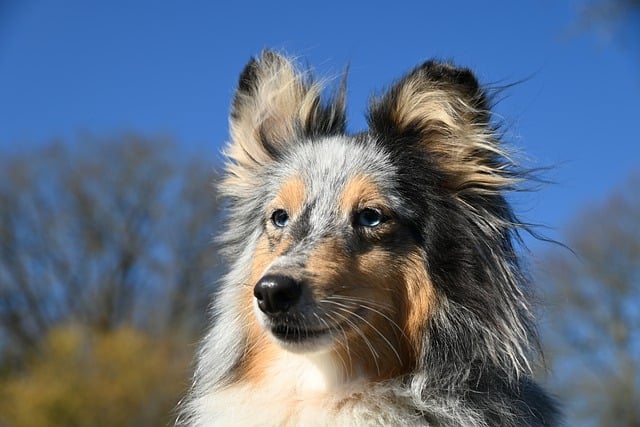When we walk our dogs on the street and watch them running around excitedly, pulling on the leash randomly, and even almost breaking free and rushing towards dangerous areas, a sense of worry and helplessness arises in our hearts. Dogs are the most loyal companions in our lives. Teaching them to follow their owners is not only to ensure their safety but also a journey of interaction full of love and patience. In this process, we use professional knowledge and warm emotions to guide the dogs to understand our commands, establish a deeper level of trust and tacit understanding, and make every outing a warm and beautiful memory.
To teach a dog to follow its owner, we must first understand the dog's behavioral characteristics and psychological needs. Dogs are naturally curious and have a strong desire to explore. Novel smells and moving objects in the outside world can easily attract their attention. At the same time, as social animals, they instinctively look for a "leader" within the group. During the training process, we should take advantage of these characteristics of dogs to make them understand that the owner is the "leader" and that following the owner's actions is the safest and most correct choice. The foundation for establishing this understanding is that in daily interactions, the owner gradually establishes authority and trust in the dog's heart through stable emotions and reasonable guidance. When the dog recognizes the owner's "leadership status" from the bottom of its heart, it will be more willing to cooperate with the training and follow the commands.
The first step in training is to get the dog used to the leash. When putting a leash on the dog for the first time, it may show resistance, scratching and shaking its body constantly, trying to get rid of this "restraint". This is because it is unfamiliar with and uncomfortable with the leash. The owner should help the dog get used to it with a gentle and patient attitude. You can first let the dog sniff the leash to get familiar with its smell, and then gently put the leash on the dog. At the same time, soothe it in a gentle tone, give it snacks as rewards and praise, and let it associate the leash with pleasant experiences. At the beginning, don't be in a hurry to take the dog out. Instead, let the dog move freely with the leash on in an indoor or quiet small space, and gradually get used to the presence of the leash. This adaptation process may take a few days, and the owner should have enough patience and not be too hasty.

When the dog gets used to the leash, formal heel training can begin. Choose a quiet place with few distractions, such as an open road in the community or a path in the park. Put the leash on the dog and let it stand on the owner's left side. The owner holds the dog's favorite snacks in hand, gives a clear and concise command, such as "Let's go" or "Heel", and then takes slow steps forward. If the dog can obediently follow the owner and stay in the appropriate position without pulling on the leash, the owner should immediately give snacks as rewards and enthusiastic praise, such as "Good dog" or "Great job", so that the dog understands that such behavior is correct and will be recognized and rewarded by the owner. If the dog pulls on the leash forward or deviates from the position, the owner should immediately stop, gently pull the leash to bring the dog back to the correct position, and at the same time give the command "No" in a serious tone, so that the dog knows that such behavior is not allowed. Wait for the dog to calm down and return to the correct position before continuing to move forward. Each training session should not be too long, about 10 - 15 minutes, to avoid making the dog bored. As the training progresses, gradually increase the training time and distance.
During the training process, the dog should understand the standard of "heeling". The ideal heeling state is that the dog is on the owner's left side, keeps pace with the owner, neither goes ahead nor lags behind, and the leash is in a relaxed state. To achieve this standard, the owner can use some small tricks for guidance. For example, during the walk, the owner can suddenly change the direction and speed to observe the dog's reaction. If the dog can adjust in a timely manner and continue to stay in the correct position, give a reward; if the dog doesn't keep up, repeat the previous correction steps. By constantly changing the training scenarios and methods, the dog can gradually adapt to various situations and improve its heeling ability. In addition, the owner's walking posture and emotions will also affect the dog. The owner should maintain a confident and steady pace and infect the dog with positive emotions, making it feel that walking with the owner is a pleasant and reassuring thing.
When the dog can master the heeling skill proficiently in a quiet environment, the difficulty of the training can be gradually increased, and the training site can be moved to an environment with more people, vehicles, and more distracting factors. In the new environment, the dog may be distracted by external stimuli and may pull on the leash and be disobedient again. At this time, the owner should be more patient and not scold the dog loudly. Instead, through more explicit commands and timely rewards and corrections, help the dog focus its attention and return to the heeling state. For example, when the dog is attracted by other animals on the roadside and wants to run over, the owner should immediately tighten the leash, give the command "No", draw the dog's attention back to himself, and then use snacks to guide it to continue following him. After repeated training in different environments, the dog will gradually learn to focus on following the owner in various situations.
Teaching a dog to follow its owner is not only about training skills but also a process of enhancing the relationship between each other. In the training, every progress of the dog and every tacit eye contact make us feel that the connection with it is getting closer. When we can finally walk the dog easily and watch it obediently follow by our side and enjoy the walking time together, the sense of accomplishment and happiness is beyond words. This is not only the growth of the dog but also the result of the owner's cultivation with love and patience. Let us continue to accompany the dog's growth with professional methods and warm emotions and create more beautiful memories.






